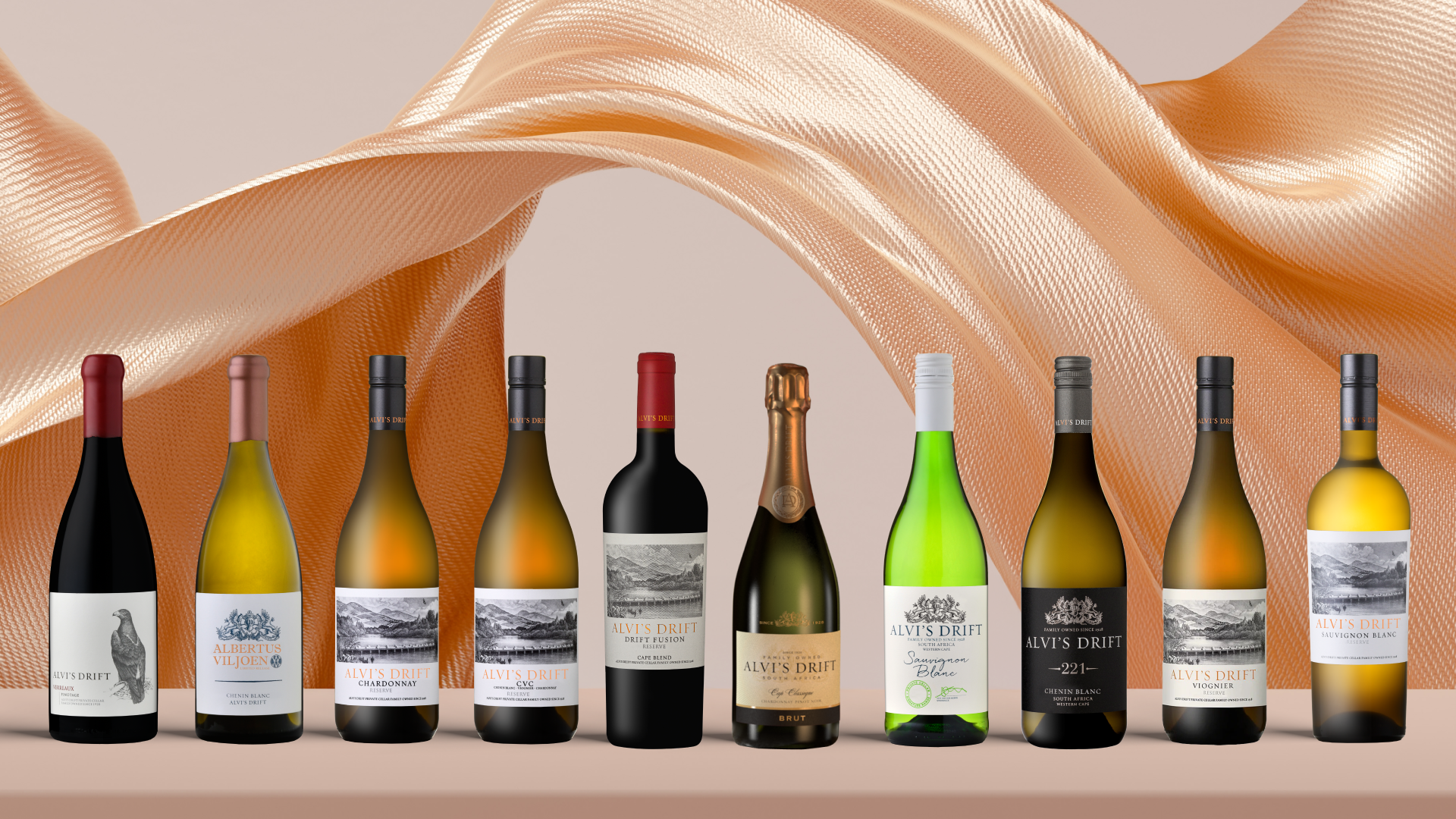Viognier and Chardonnay are two of the most popular white wines in the world, but they offer very different drinking experiences. One of the most common questions asked by wine enthusiasts is: Is Viognier sweeter than Chardonnay?
While both wines can have fruit-forward profiles, they differ in terms of sweetness, acidity, and body. In this blog, we’ll explore the key differences between these two white wines to help you better understand their taste profiles and decide which is best suited to your palate.
Understanding Sweetness in Wine
Before diving into the comparison, it's essential to clarify what we mean by "sweetness" in wine. Sweetness refers to the amount of residual sugar left in the wine after fermentation. However, a wine can give the impression of sweetness due to its fruitiness or low acidity, even if it technically has little residual sugar.
Viognier: Aromatic and Fruit-Forward
Viognier is known for its bold aromatics and rich, fruit-forward flavours. Despite being typically dry, Viognier can often give the impression of sweetness due to its intense fruit and floral aromas. The wine’s flavour profile often includes notes of:
- Peach
- Apricot
- Mango
- Orange blossom
- Honeysuckle
Viognier’s low to medium acidity enhances its rich, round mouthfeel, contributing to a smoother experience on the palate. The lack of sharp acidity can make Viognier feel "sweeter" than it really is, even though most Viogniers are dry wines.
Chardonnay: A Versatile Classic
Chardonnay, on the other hand, is a highly versatile grape that can vary greatly depending on where it's grown and how it's produced. Generally, Chardonnay can range from crisp and mineral to rich and buttery, depending on factors such as climate and whether it’s aged in oak.
Common flavours include:
- Green apple
- Lemon
- Pineapple
- Butter (in oak-aged versions)
- Vanilla (from oak influence)
Most Chardonnays are dry and can have medium to high acidity, which gives them a refreshing, clean finish. While oaked Chardonnays may have a creamy texture and a rounder mouthfeel, they don’t usually have the fruit-forward intensity that would give the impression of sweetness like Viognier.
Is Viognier Sweeter Than Chardonnay?
In general, Viognier can taste sweeter than Chardonnay, but this is due to its aromatic intensity and lower acidity, not because it has more residual sugar. Both Viognier and Chardonnay are typically produced as dry wines, meaning they have minimal sugar content. However, Viognier’s rich fruit and floral notes can give the perception of sweetness, particularly when compared to a crisp, high-acid Chardonnay.
Body and Mouthfeel Comparison
- Viognier is typically medium- to full-bodied with a smooth, slightly oily texture. This medium- to full-bodied structure enhances the impression of richness and sweetness.
- Chardonnay can range from medium- to full-bodied, with a more varied mouthfeel depending on whether it has been oak-aged or not. An unoaked Chardonnay will feel lighter and crisper, while an oaked version will be rounder and creamier but still not as aromatically rich as Viognier.
Acidity Comparison
- Viognier has low to medium acidity, which contributes to its round mouthfeel and amplifies its fruit flavours. This lower acidity is a key factor in why Viognier may taste sweeter than Chardonnay.
- Chardonnay generally has medium to high acidity, especially when produced in cooler climates. This acidity gives Chardonnay a clean, refreshing finish that contrasts with the softer, fuller profile of Viognier.
Flavour Intensity
- Viognier is known for its intensely perfumed aromas, with powerful notes of stone fruits and flowers. This aromatic intensity often gives Viognier a richer and "sweeter" feel on the palate.
- Chardonnay has a more subtle aroma profile, particularly in unoaked versions, which focus more on crisp fruit and mineral notes. Even oaked Chardonnay, with its buttery and vanilla flavours, lacks the floral intensity of Viognier.
When to Choose Viognier
If you prefer a richer, more aromatic white wine with bold fruit and floral notes, Viognier is the wine for you. It pairs well with:
- Spicy Asian dishes like Thai curry
- Creamy pastas
- Grilled lobster or scallops
Viognier’s perceived sweetness and fuller body make it a great choice for pairing with dishes that have bold flavours or creamy textures.
When to Choose Chardonnay
If you prefer a crisp, refreshing white wine or a buttery, oaked wine, Chardonnay offers more versatility. It pairs wonderfully with:
- Light salads with citrus dressings
- Grilled chicken or fish
- Creamy cheeses like Brie
The higher acidity in Chardonnay makes it an excellent choice for lighter dishes or meals that require a wine with a clean finish.
So, Is Viognier Sweeter Than Chardonnay?
While both wines are typically dry, Viognier often tastes sweeter due to its intense fruit and floral aromas and lower acidity.
In contrast, Chardonnay tends to have a cleaner, crisper profile with more subtle fruit flavours and higher acidity. Whether you prefer the aromatic richness of Viognier or the versatile character of Chardonnay, both wines offer something special for different occasions and food pairings.





